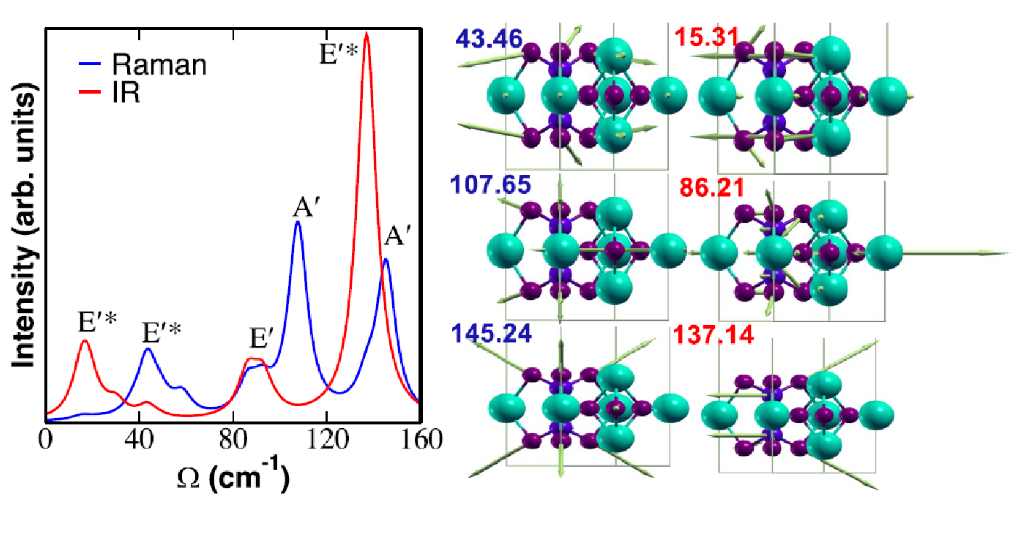Condensed matter physics, a vibrant and far-reaching branch of physics, delves into the myriad phenomena arising from the collective behaviors of particles in solid and liquid phases. Its repertoire encompasses phenomena ranging from the mundane to the extraordinary, often revealing the underlying principles that govern both the macroscopic and microscopic realms of matter. This exploration is particularly fruitful, as it promises to reshape our understanding of material properties and their applications, thus piquing inquiring minds. Below, we will dissect various observations that comprehensively fall under the expansive umbrella of condensed matter physics.
One of the cornerstone observations within this domain is the concept of crystallography. The study of crystal structures is foundational, as it elucidates how atoms are arranged in periodic lattices. The geometrical arrangement can yield profound insights into the physical properties of materials. Consider the unique spacing and orientation of atoms in a crystal lattice that can lead to varying conductivity, structural stability, or even optical characteristics. X-ray diffraction techniques have revolutionized our ability to visualize these atomic arrangements, serving as a bridge connecting microscopic configurations to macroscopic behaviors.
The phase transitions represent yet another captivating observation. The transition between solid, liquid, and gaseous states of matter is an omnipresent theme in condensed matter physics. More intriguingly, phenomena such as ferromagnetism or superconductivity exemplify phase transitions that occur under specific conditions. For instance, a transition to a superconducting state not only alters the electrical resistance of a material to zero but also introduces the Meissner effect, leading to magnetic levitation. These transitions often exhibit critical phenomena, wherein minute changes in temperature or pressure can induce substantial physical changes, capturing the imagination of scientists and leading to numerous inquiries.
Delving deeper into the quantum realm brings forth the quantum Hall effect, a remarkable observation showcasing the interplay between quantum mechanics and condensed matter systems. When subjected to low temperatures and strong magnetic fields, two-dimensional electron systems exhibit quantized values of Hall conductance. This astonishing phenomenon reveals the intricate relationship between topology and physical properties, posing profound questions about our understanding of quantum states and their implications for information technology and quantum computing.
Spintronics, or spin-based electronics, extends the discussion from charge to the intrinsic angular momentum of electrons—spin. The manipulation of spin degrees of freedom, in conjunction with their charge, opens up tantalizing avenues for next-generation technological applications. Observations related to ferromagnetic resonance, which describe the behavior of electron spins in magnetic materials, enable the development of devices that may surpass the limitations of traditional electronic components. This field presents intriguing possibilities, as it strives to harness spin currents for faster, more efficient information processing.
Monolayers and two-dimensional (2D) materials, such as graphene and transition metal dichalcogenides, have revolutionized the landscape of condensed matter physics in recent years. The discovery of these materials, whose properties differ significantly from their bulk counterparts, has invoked a paradigm shift. Graphene, noted for its extraordinary electrical, thermal, and mechanical properties, fosters a renaissance in materials science. For instance, the observation of its Dirac fermion-like behavior accentuates the fundamental principles governing charge transport, captivating both theorists and experimentalists alike.
Topological insulators represent yet another fascinating area of inquiry. These materials are insulators in their bulk form but possess conducting states on their surfaces, arising from nontrivial topological order. The observation of robust surface states that remain immune to scattering, even in the presence of impurities, challenges conventional notions of material behavior. Such properties not only enhance our understanding of exotic states of matter but also hold promise in advanced applications in quantum computing, where the manipulation of topological qubits could usher in a new era of computational prowess.
The realm of condensed matter physics also addresses self-assembly phenomena, a process wherein particles spontaneously organize into structured patterns or phases. This observation bears considerable significance in biological systems and nanotechnology. Understanding how certain materials can self-organize enhances our ability to engineer new materials with tailored properties for specific applications, leading to innovation in areas ranging from drug delivery to the development of advanced photonic devices.
A particularly intriguing observation lies in the field of quantum liquids and specifically, superfluidity. The special state of matter manifests when certain liquids, cooled to temperatures near absolute zero, exhibit frictionless flow. This remarkable phenomenon unveils the coherence of bosonic particles and challenges our classical intuitions about viscosity and fluid dynamics. The study of quantum fluids extends our insight into the fundamental aspects of condensed matter physics and invites us to grapple with the nuanced interrelations of temperature, quantum mechanics, and macroscopic behavior.
Finally, the observation of strongly correlated electron systems, including cuprate superconductors and heavy fermion materials, continues to beguile researchers. In these systems, the interactions between particles significantly influence the resulting physical properties, often leading to behaviors that defy the predictions of conventional theories. These observations not only deepen our understanding of electronic phases but also incite questions that transcend established paradigms, crowdsourcing insight from interdisciplinary collaborations to resolve complex phenomena.
In summation, the observations encompassed within condensed matter physics are as varied as they are profound, each layer revealing new dimensions of inquiry and synthesis. This field not only promises to shift our perspectives on material properties but also ignites a curiosity that propels the frontier of human knowledge. By examining the collective behaviors of particles, condensed matter physics stands at the intersection of fundamental science and practical innovation, offering insights that reshape our interactions with the material world.












